When you think of Denmark, you might picture colourful harbour houses, fairy tales by Hans Christian Andersen, or modern Nordic design. Greenland, on the other hand, often brings to mind endless ice, dramatic fjords, and Inuit traditions. But together, these two destinations hold a wealth of history and natural beauty recognised by UNESCO.
With 12 World Heritage Sites between them, Denmark and Greenland invite travellers to step back into the Viking Age, wander through royal palaces and cathedrals, and explore landscapes shaped by both nature and human resilience.
1. Jelling Mounds, Runic Stones and Church (1994)
Often called “Denmark’s birth certificate,” the Jelling Stones are massive runestones erected by Viking kings in the 10th century. They mark the transition from paganism to Christianity and are surrounded by burial mounds and a medieval church. This site symbolises the very foundation of the Danish nation.
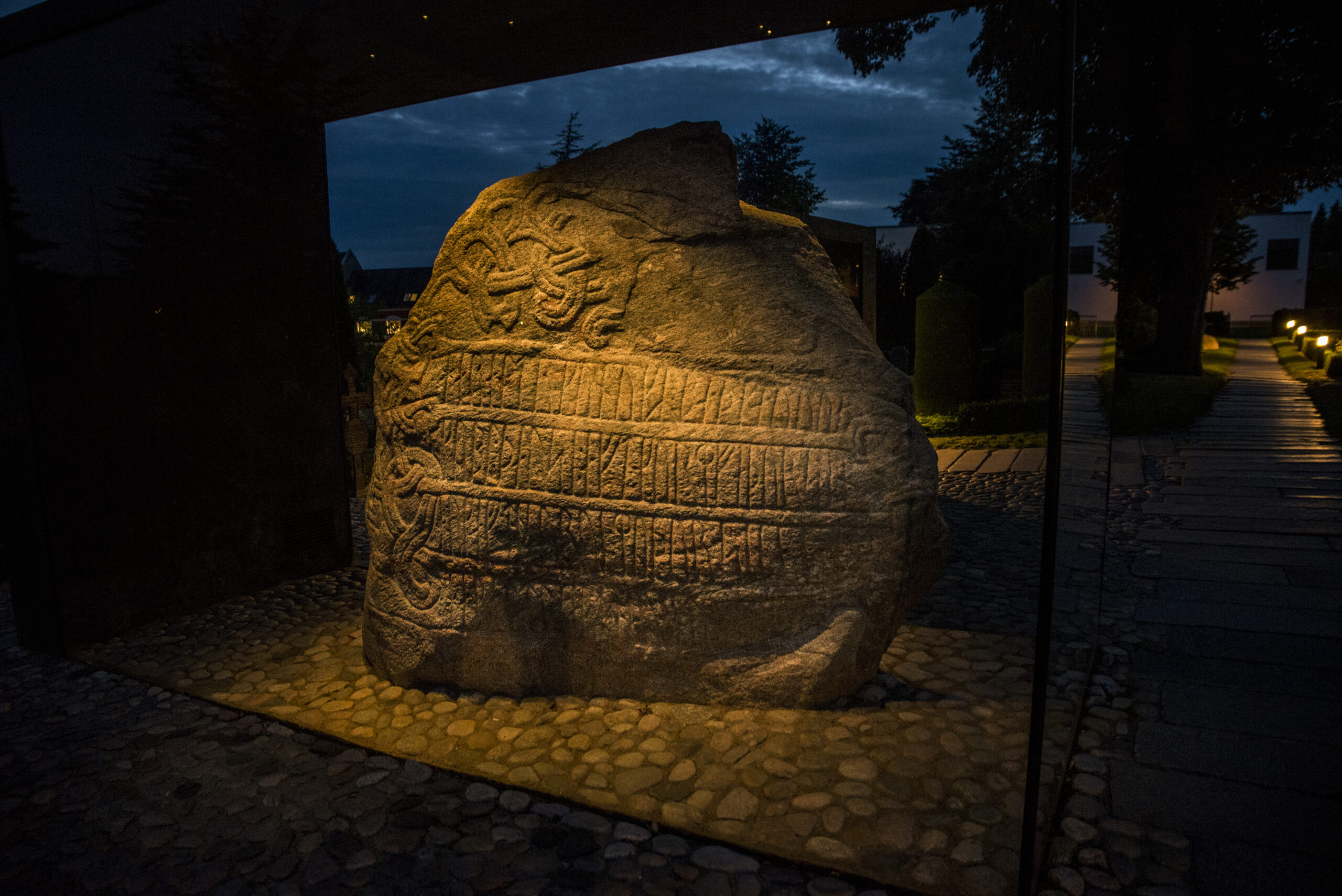
2. Kronborg Castle (2000)
Famed as the setting for Shakespeare’s Hamlet, Kronborg Castle is a Renaissance masterpiece overlooking the Øresund Strait. Built in the 16th century, it was both a royal residence and a fortress guarding one of Europe’s busiest waterways. Its grand halls and towers make it one of Denmark’s most iconic landmarks.
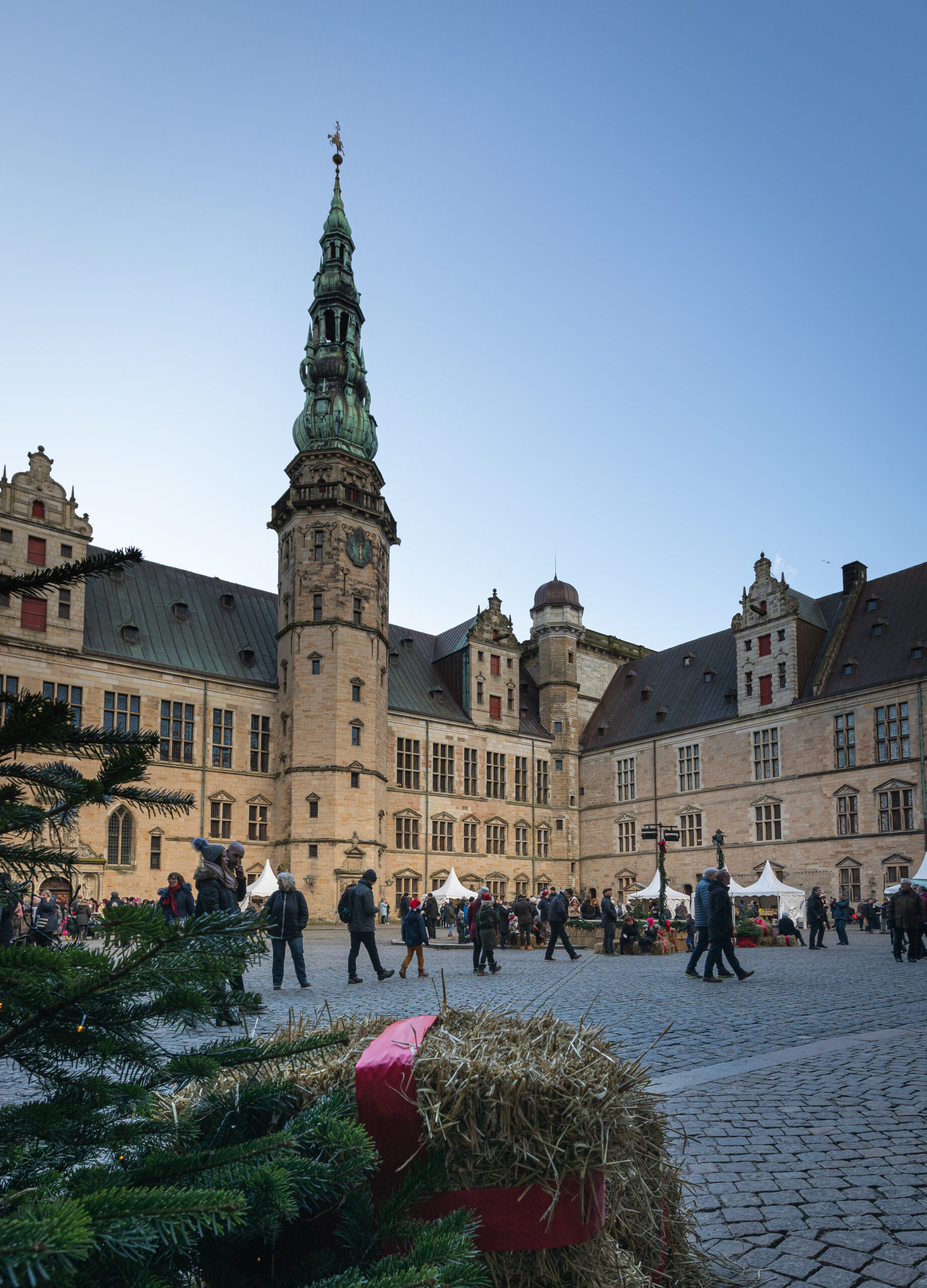
3. Roskilde Cathedral (1995)
This brick Gothic cathedral, built in the 12th and 13th centuries, is the resting place of Danish kings and queens for over 1,000 years. Its architecture influenced churches across northern Europe, and inside, visitors can see centuries of royal tombs.

4. The Par Force Hunting Landscape in North Zealand (2015)
Created in the 17th century for royal hunts, this carefully designed landscape features straight avenues laid out in star-shaped patterns through the forests. It reflects the absolute power of Danish monarchs and their fascination with hunting as a symbol of control over both people and nature.
5. Viking-Age Ring Fortresses (2023)
Added to the World Heritage List in 2023, Denmark’s ring-shaped Viking fortresses — like Aggersborg and Trelleborg — showcase advanced military engineering from around 1000 AD. Their perfect circular layouts remain an impressive feat of design and a powerful reminder of Viking society.
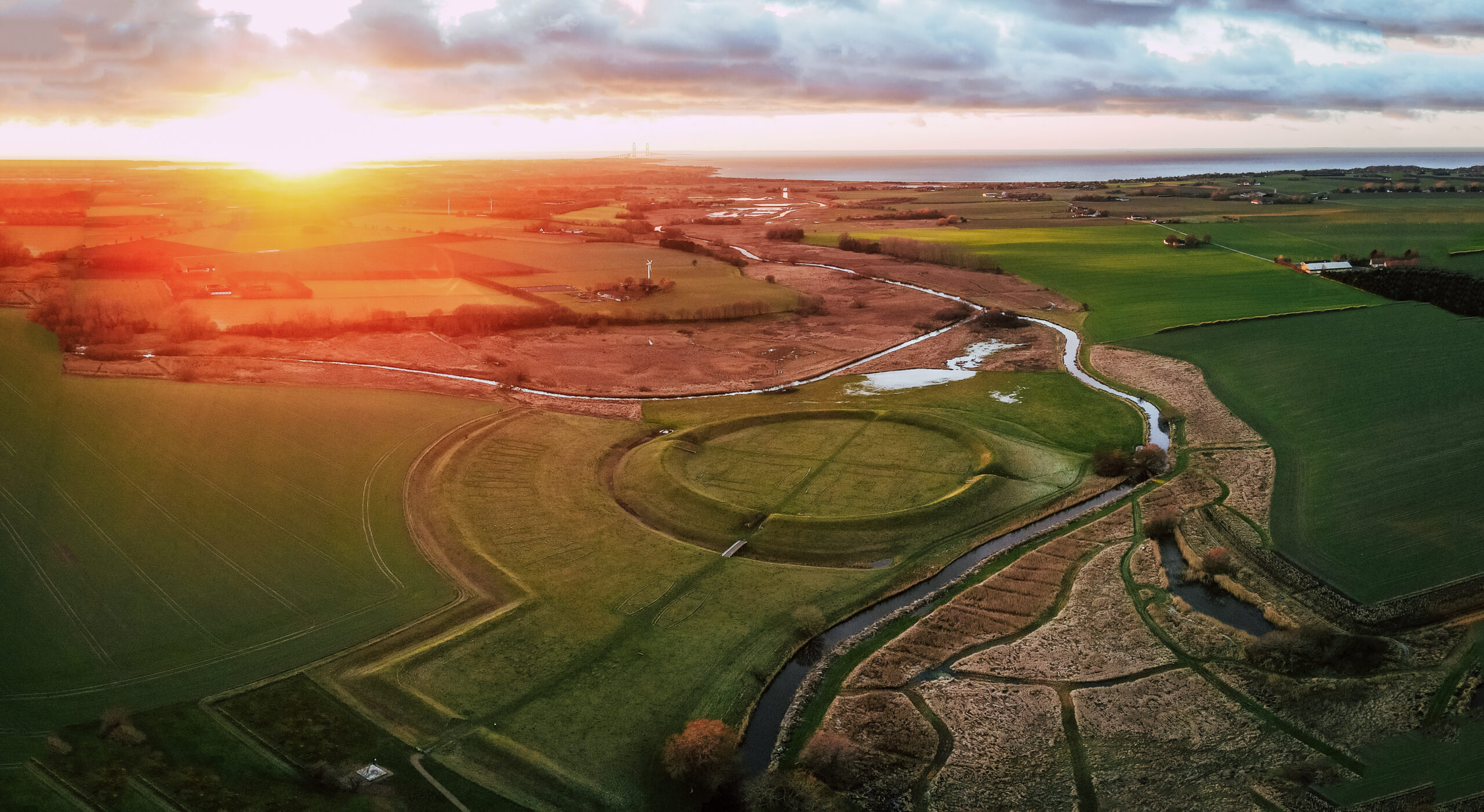
6. Wadden Sea (2009 / 2014)
Stretching across Denmark, Germany, and the Netherlands, the Wadden Sea is one of the world’s most important tidal wetlands. It’s a paradise for birdwatchers, with millions of migratory birds stopping here each year, and a unique ecosystem shaped by tides, sandbanks, and mudflats.
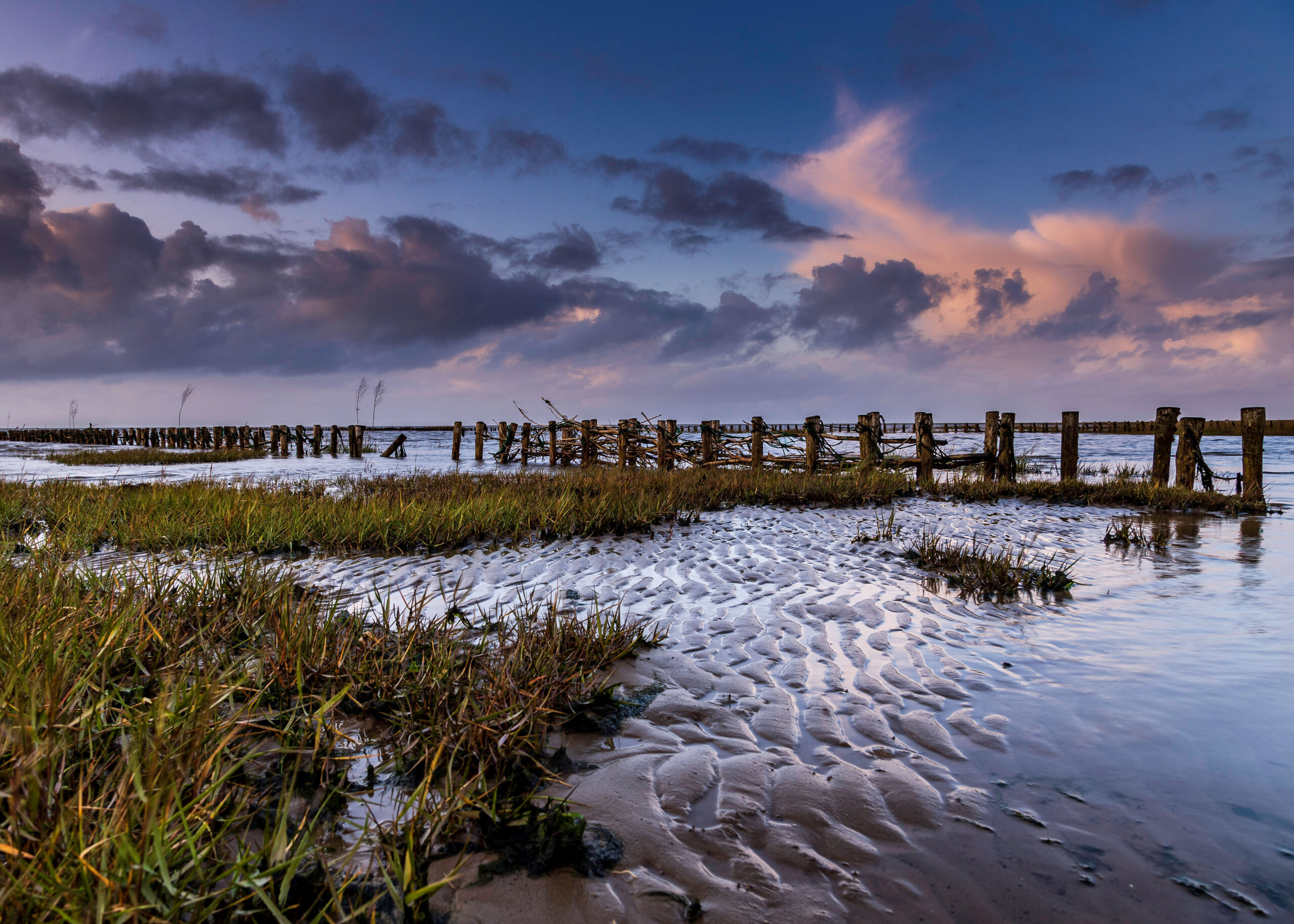
7. Stevns Klint (2014)
South of Copenhagen, the white chalk cliffs of Stevns Klint hold a dramatic piece of Earth’s history: the traces of the asteroid impact that caused the extinction of the dinosaurs 66 million years ago. The visible layer of clay between chalk is a scientific wonder — and the coastal views are stunning.
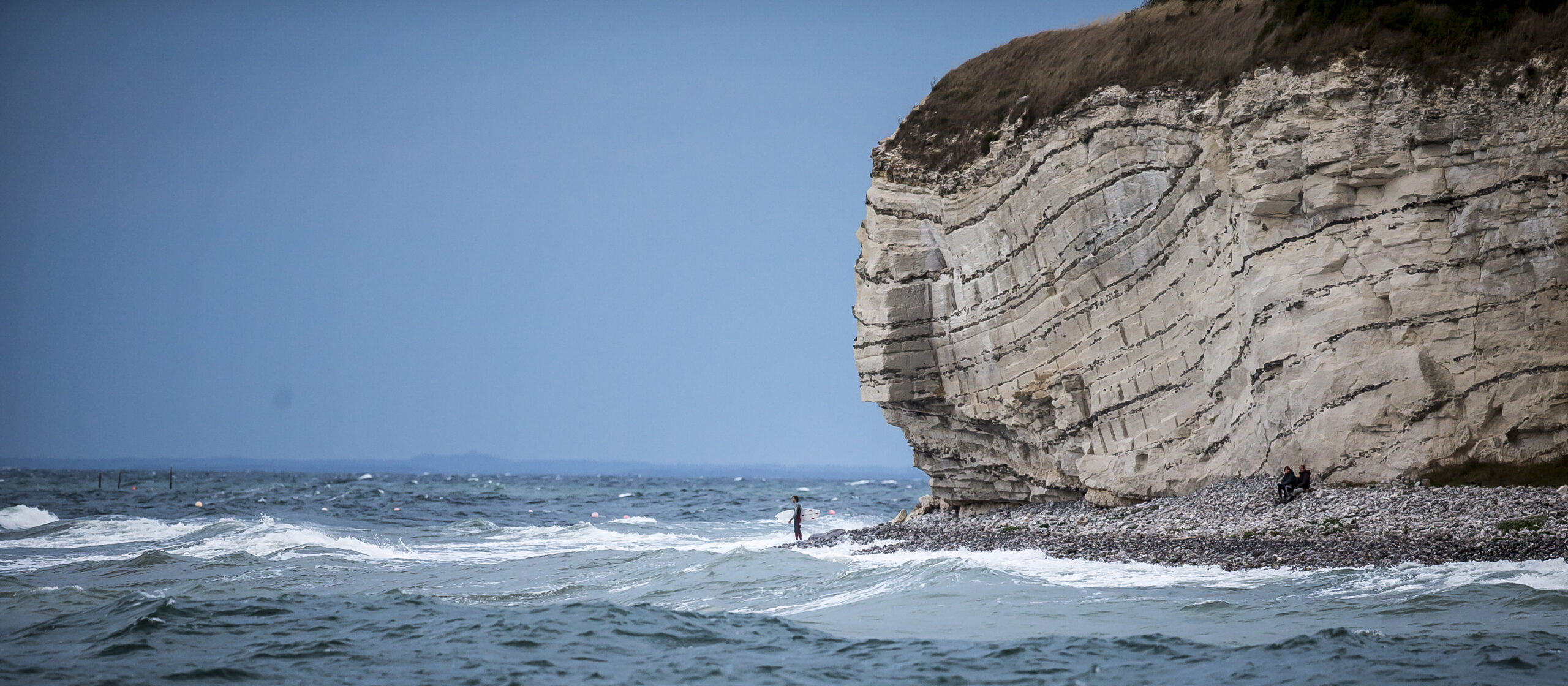
8. Møns Klint (2025)
Inscribed in 2025, Møns Klint is Denmark’s newest UNESCO site. These spectacular chalk cliffs on the island of Møn rise dramatically above the Baltic Sea. With hiking trails, fossil hunting, and panoramic views, it’s one of Denmark’s most breathtaking natural landscapes.
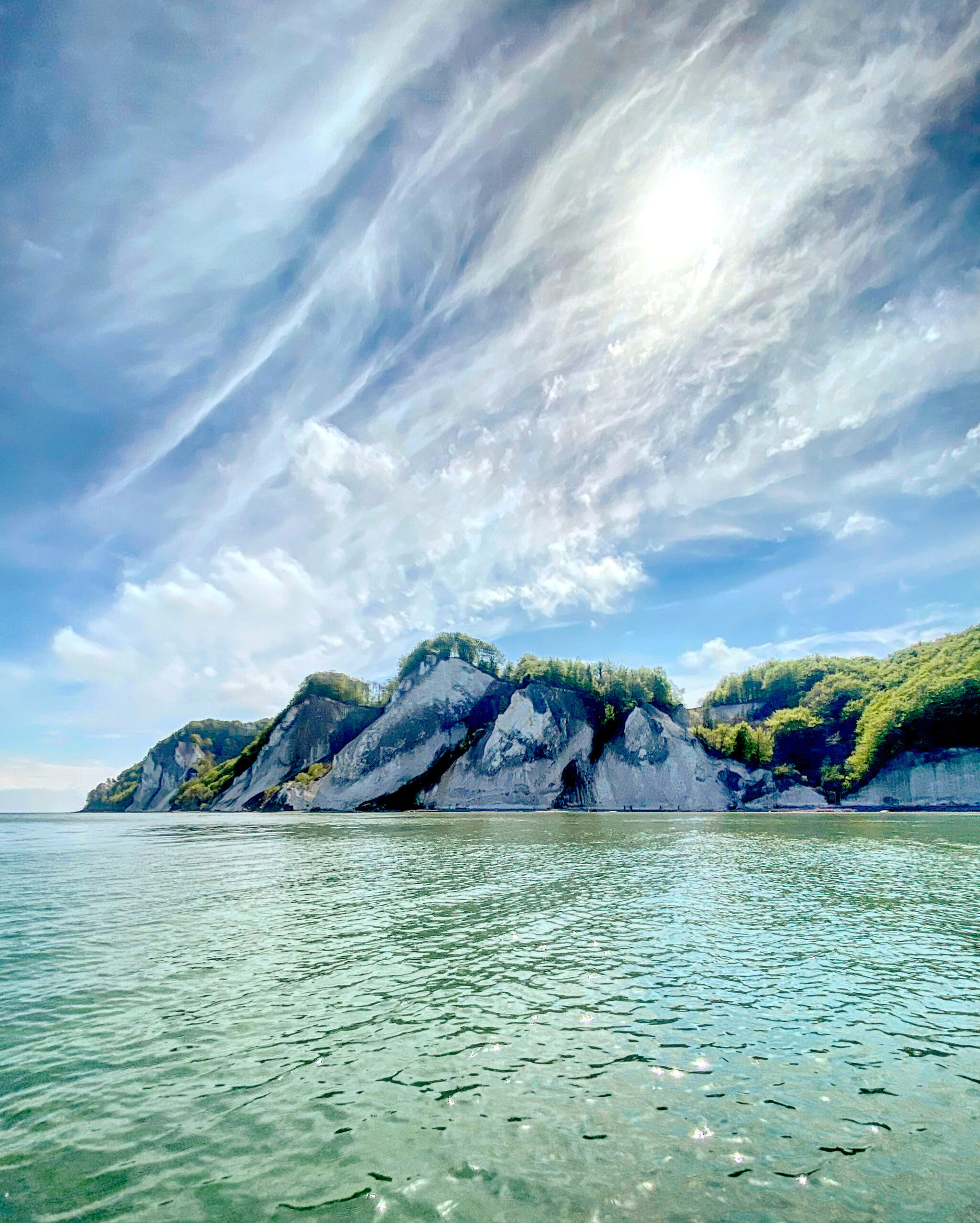
9. Moravian Church Settlements (2015 / 2024)
Denmark’s Moravian heritage is recognised through settlements like Christiansfeld, founded in the 18th century. The town’s simple architecture, cobbled streets, and sense of harmony reflect the values of the Moravian Church. In 2024, the site was expanded to include related cultural landscapes.
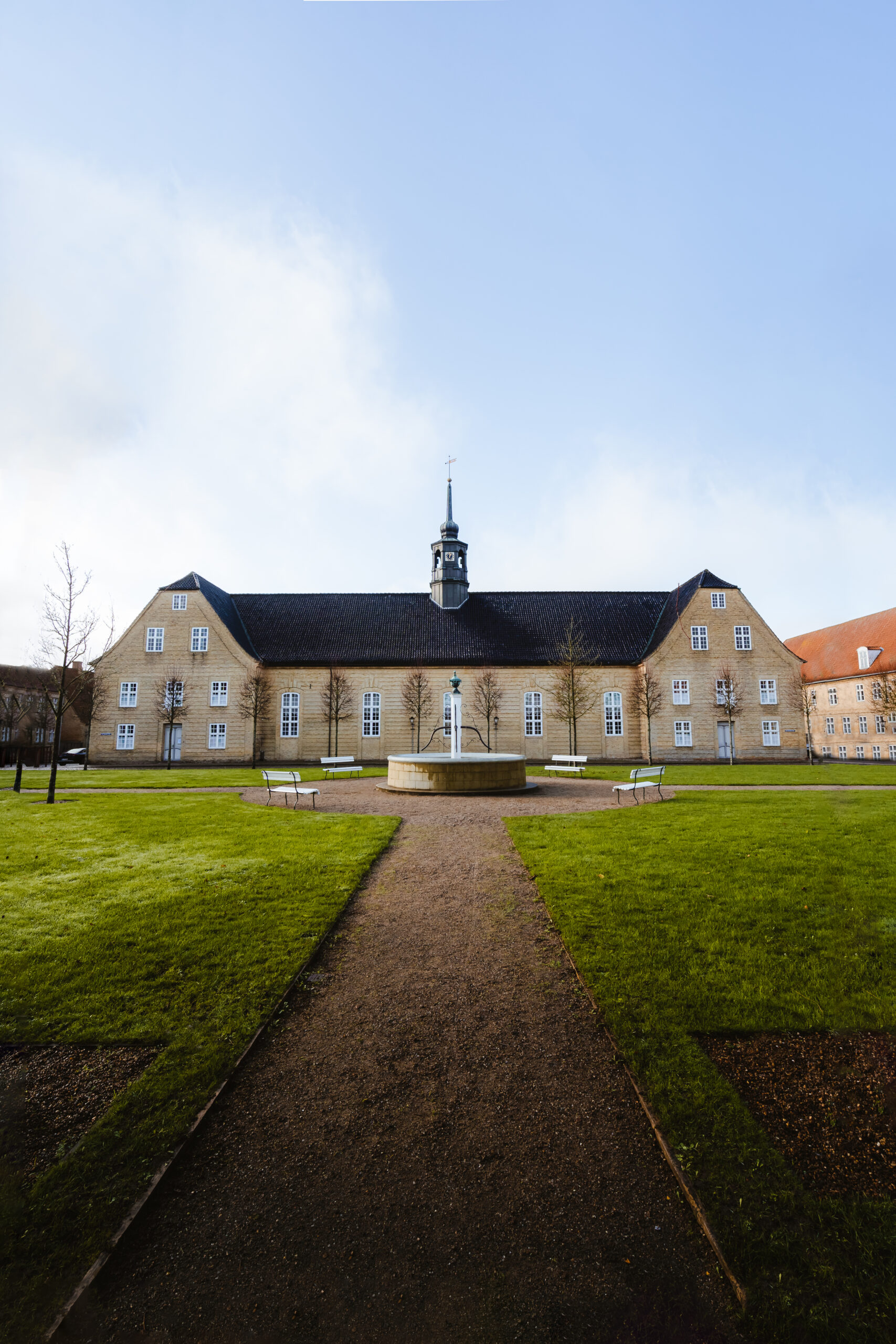
10. Ilulissat Icefjord (2004)
One of Greenland’s most famous sights, the Ilulissat Icefjord is a vast Arctic landscape where enormous icebergs calve from the Sermeq Kujalleq glacier into the sea. It’s a place of raw natural power, offering boat trips and hikes with unforgettable views.
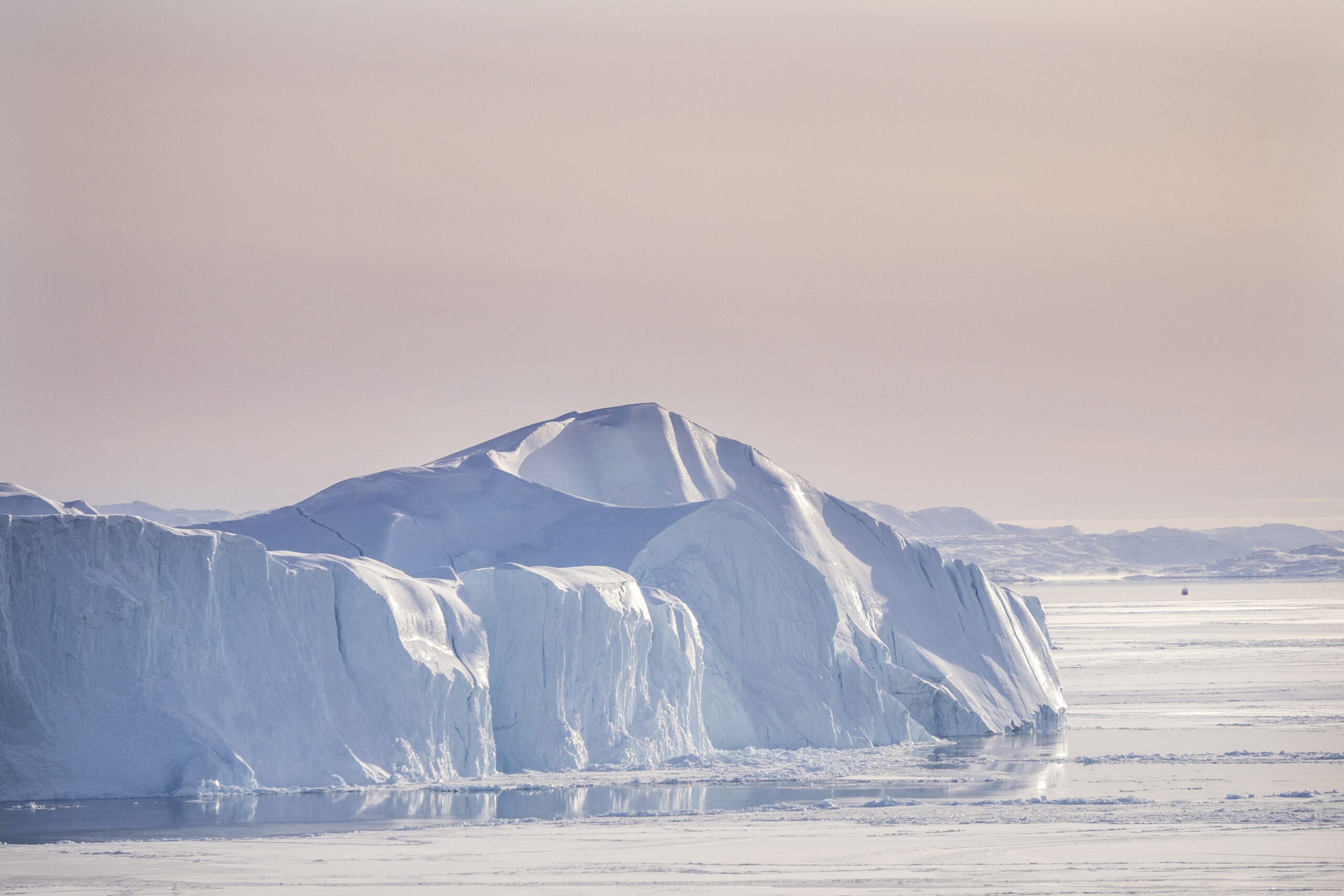
11. Kujataa Greenland: Norse and Inuit Farming at the Edge of the Ice Cap (2017)
This cultural landscape tells the story of both Norse and Inuit farming in southern Greenland. From medieval Norse ruins to Inuit sheep farms still in use today, Kujataa shows how people adapted to life at the very edge of the ice cap.
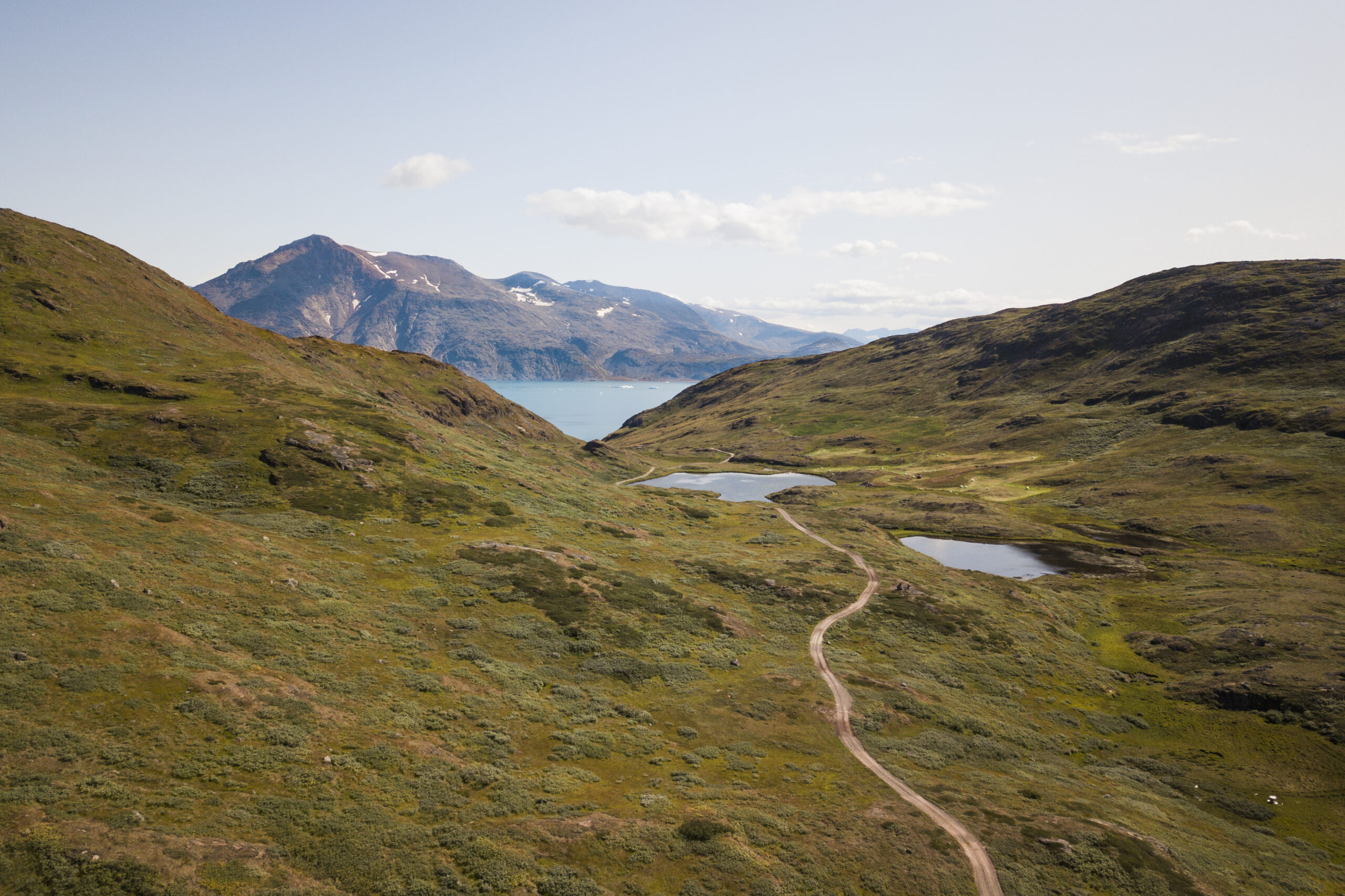
12. Aasivissuit – Nipisat: Inuit Hunting Ground Between Ice and Sea (2018)
Located in central-west Greenland, this vast cultural landscape reflects 4,000 years of Inuit hunting traditions. Archaeological remains and oral histories reveal how communities thrived in this challenging environment, moving between inland ice and coastal hunting grounds.
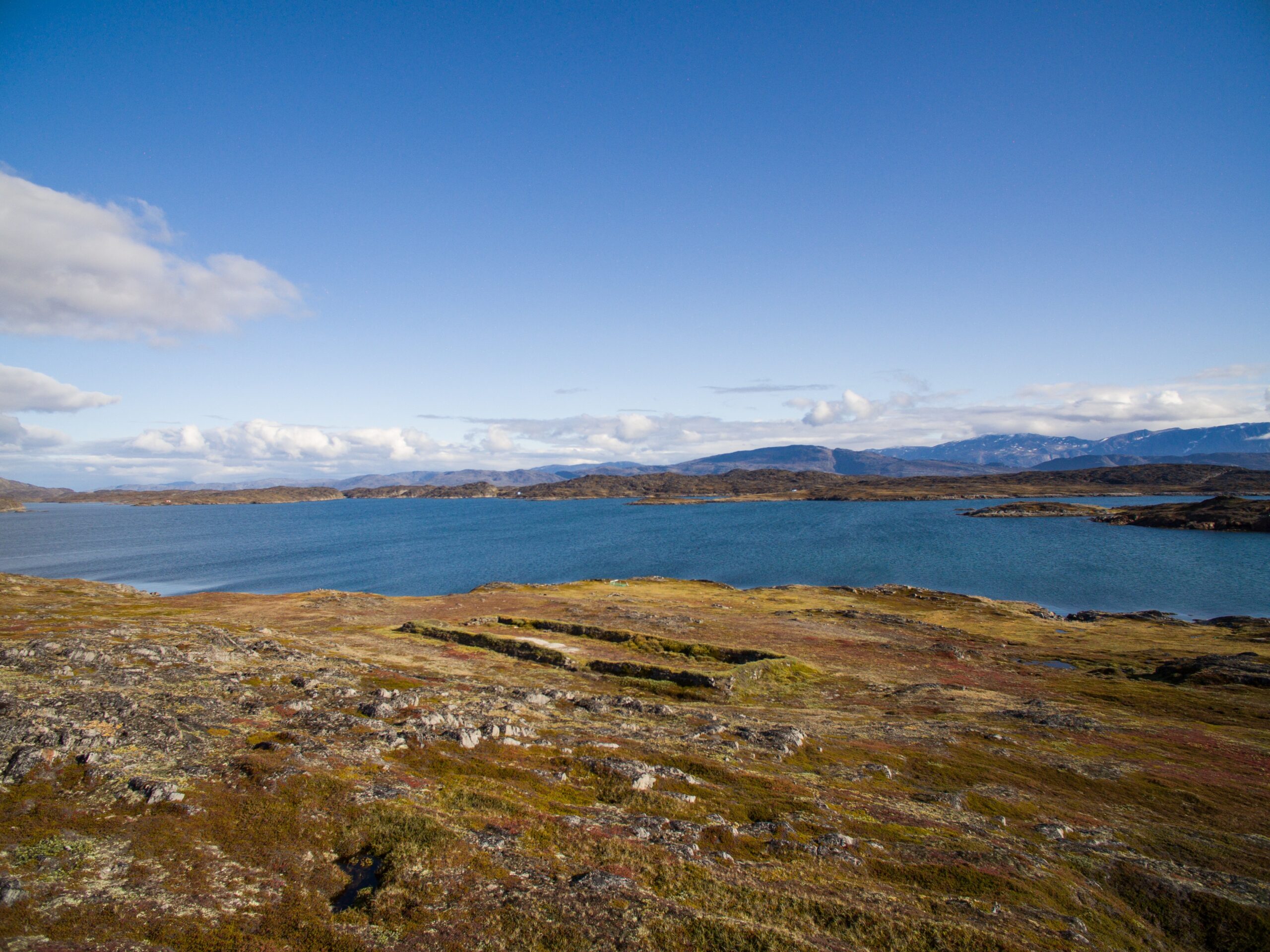
Planning your trip?
Denmark’s UNESCO sites are easy to combine with a city break in Copenhagen or a road trip across Zealand and Jutland. Many are within an hour or two of the capital — from Roskilde and Kronborg to Stevns Klint and the royal hunting landscapes.
For those venturing further, Greenland’s UNESCO sites offer once-in-a-lifetime experiences. Ilulissat Icefjord is a highlight of any Arctic journey, while Kujataa and Aasivissuit–Nipisat reveal the resilience of human life in one of the world’s harshest yet most beautiful environments.
Source: UNESCO World Heritage Centre. 18.09.2025.
By Laura Baylis
Baltic Travel Company (all rights reserved)
This entry was posted on Thursday, September 18th, 2025 at 11:43 am; on the subject of Denmark, Greenland, UNESCO.